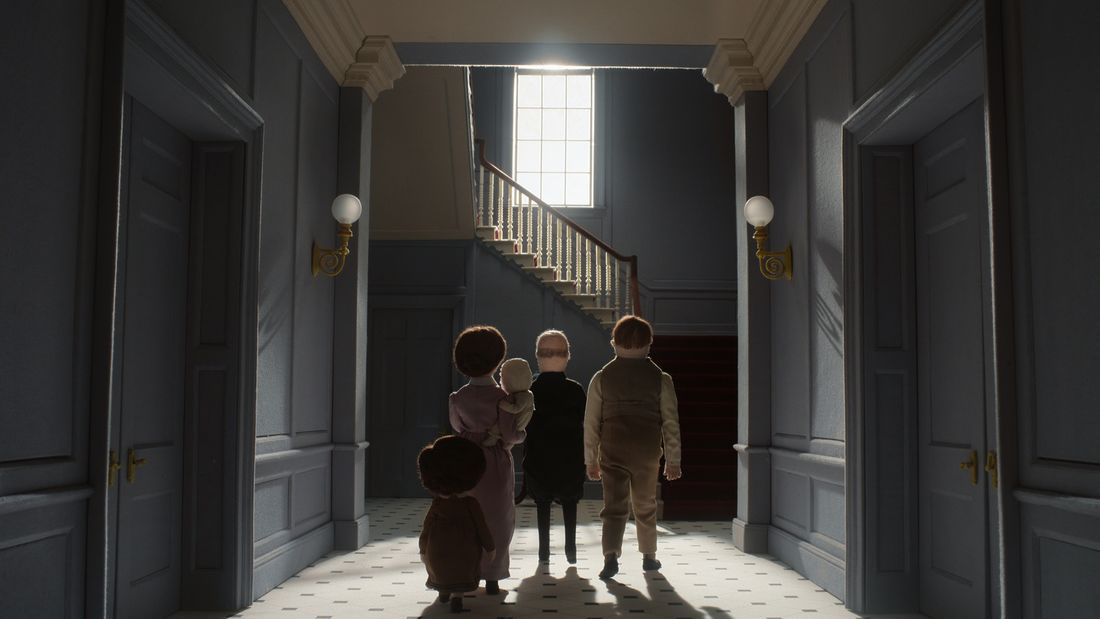The House on Netflix is a brilliant stop-motion film that tells three different stories with common themes. A human family led by a grumpy patriarch, Raymond, features in part one of the film. To remedy his lowly status in society, Raymond agrees to move into a lavish house built for the family by a mysterious architect.
At first, Raymond appears to have struck gold with the deal; however, the situation rapidly becomes dire. In part two, an anthropomorphic rat buys the house, hoping to renovate it and sell it at a profit. However, a bug problem hinders his progress.
An anthropomorphic cat features in part three. The cat owns a slowly sinking house, and despite the danger, the cat refuses to let go.
The House is a film about materialism, greed, and attachment

The House’s stories have three common themes: materialism, greed, and attachment. It details how the above themes can cause a person’s downfall.
Raymond and his wife agree to a shady deal because of their materialism, greed, and attachment to the finer things in life. Instead of finding happiness in family, Raymond chases wealth and status. It doesn’t matter to him that he might be putting his family at risk.
After Raymond moves into the house, his gamble appears to have paid off. The house is well lit and has all kinds of extravagant food. As time goes by, however, Raymond’s daughter notices the zombified workers who only work at night.
The workers take away the house’s staircase, turning the structure into a seemingly never-ending maze. As the part ends, the master gifts the parents clothes. Upon wearing the clothes, the parents transform into household goods – they become the material things they were so attached to.
In part two, an anthropomorphic rat named Developer buys the house, hoping to refurbish it and sell it for a profit. He spares no expense in the renovation. However, a million tiny bugs stand between him and complete renovation.
No matter what Developer tries, he can’t get rid of the bugs. The bug issue chases away every potential buyer except two. The two creepy buyers move into the house together with their families. Desperate to complete the sale, Developer lingers, eventually morphing into the bizarre buyers.
Developer’s greed and materialism prompt him to spend money on a house with no hope. His attachment to it becomes his downfall, as in the end, he becomes part of the infestation he tried so hard to eradicate.
The anthropomorphic cat in part three can’t let go of a house that’s slowly flooding. Rosa tries to renovate a drowning home due to her attachment to its former glory.
She still believes she can earn from it, despite the undeniable reality that the house is doomed. Her attachment to the past almost proves to be her downfall, but she gets a happy ending.
Greed, materialism, and attachment run through the one-and-a-half hours of The House. However, you’d be forgiven for failing to note these themes due to the stunning visuals and impressive storytelling. You might also find other themes hidden in the film.